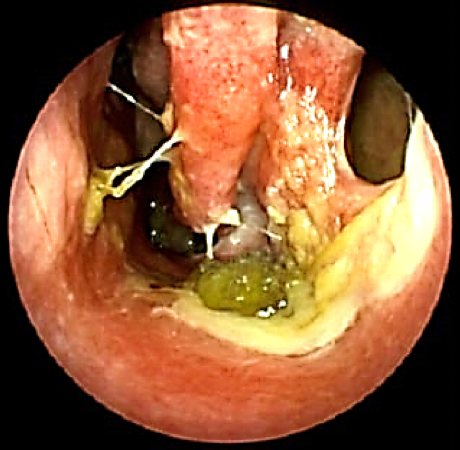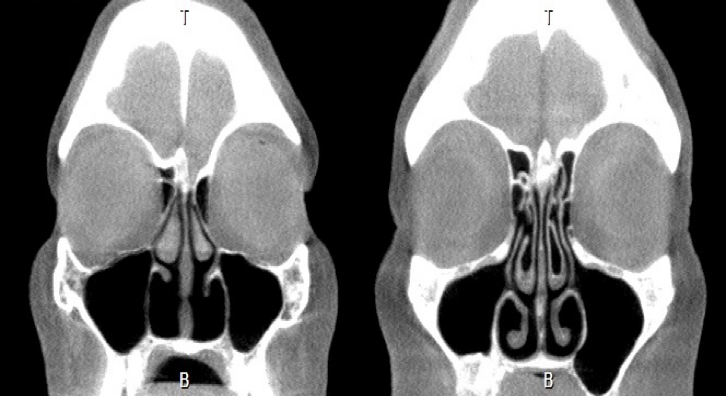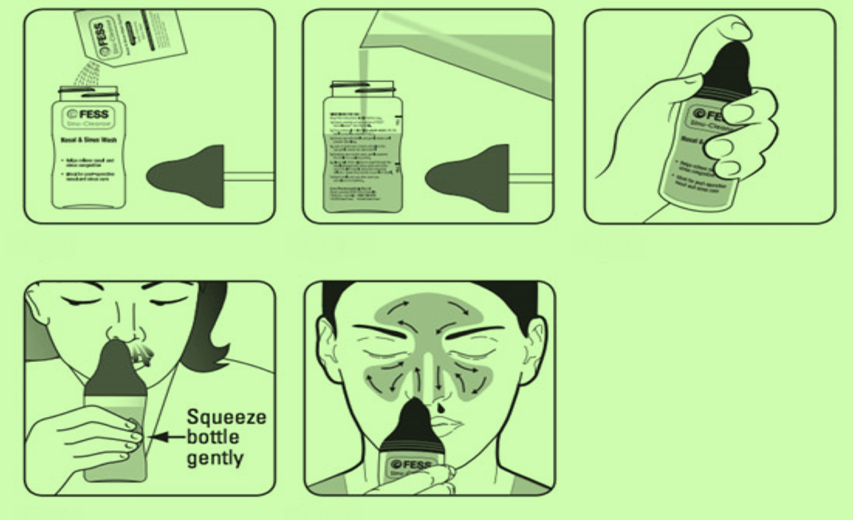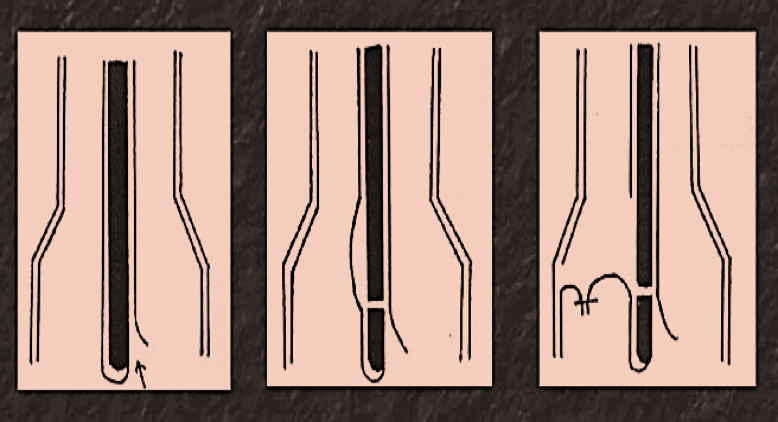

Atrophic Rhinitis is a chronic inflammatory nasal disease characterized by progressive atrophy of the mucosa, and underlying bone of the turbinates. There is a viscid secretion in the nose which rapidly dries and forms crusts which emits a characteristic foul odour called ozaena and the patient himself suffers from anosmia.
Atrophic rhinitis is of two types:
1)Primary
2) Secondary



Numerous surgical attempts have been made to narrow the nasal passage. Various surgical procedures indicated are:
